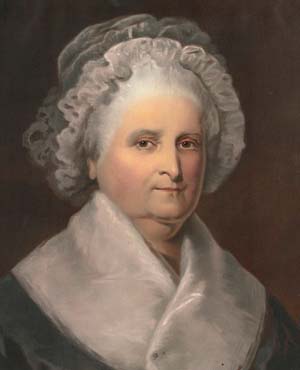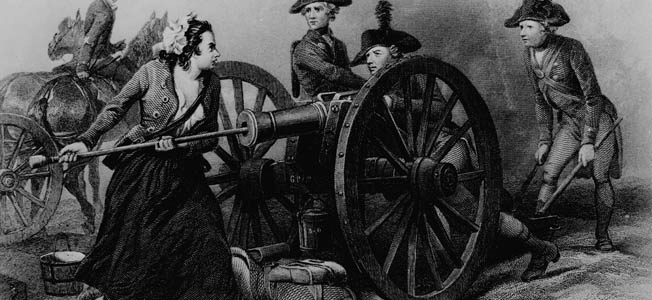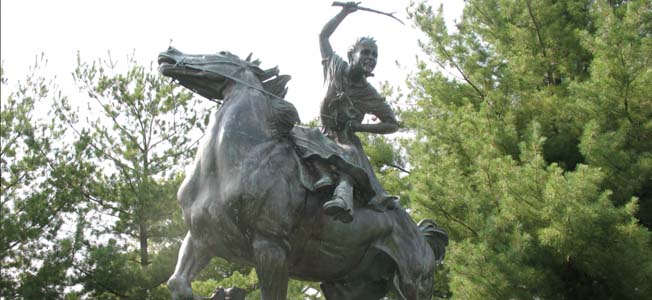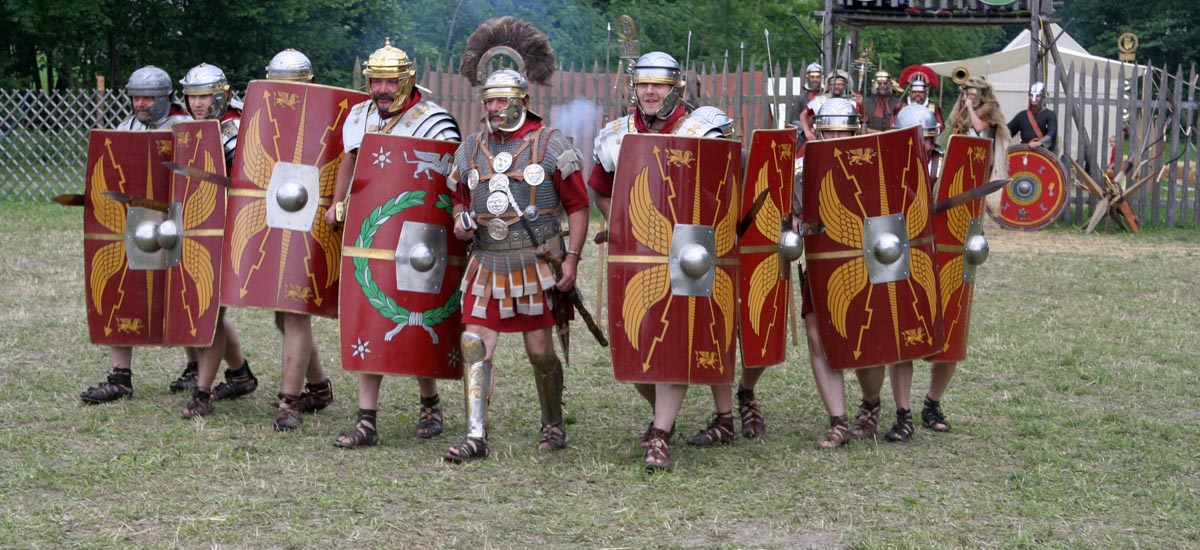by Mike Haskew
Martha Custis Washington: General’s Wife and First Lady
Martha Custis Washington, wife of General George Washington, came to the winter quarters of her husband’s army each winter of the Revolutionary War. Martha gave great comfort to General Washington during incredibly challenging times.
During the harsh winter of 1777-1778 at Valley Forge, she came to the Continental Army encampment with supplies from the Washington estate at Mount Vernon in Virginia. She encouraged the wives of other senior American commanders to join her there. Her legacy as the wife of a general and the first President of the United States is indicative of her commitment to her husband as well as her country.
[text_ad]
Abigail Adams: Appointment by the General Court
Abigail Adams, the wife of future President of the United States John Adams, was appointed by the Massachusetts Colony General Court in 1775 to discern the loyalty of women in the colony who were accused of Tory sympathies. During the Second Continental Congress, she advised her husband that the formation of a new and independent nation with a democratic form of government presented a sterling opportunity to promote the rights of women.
When her husband was absent from the family farm in Braintree, Massachusetts, Abigail ran the enterprise on a day-to-day basis, an unusual role for a woman in colonial America. When John Adams contemplated high office and became the second President of the United States, Abigail served as a trusted advisor and exerted significant influence over his decision making.
“Molly Pitcher”: Historical Figure or Legend?
Perhaps one of the best known female Revolutionary War heroes is actually a combination of fact and fiction. Believed to be based on the exploits of a woman named Mary Ludwig Hays, the story of Molly Pitcher is one of dedication and heroism on the battlefield. The story goes that Mary was present at the Battle of Monmouth in New Jersey dispensing water to thirsty soldiers.
When her husband, William, was either wounded or overcome by the heat, Mary assumed his position, serving an artillery piece through the remainder of the battle. Eyewitnesses told the story of a cannon ball passing between her legs and tearing away the lower portion of her dress. In response, she shrugged and continued with her work. Although portions of the story may be apocryphal, Molly Pitcher is symbolic of many women who risked their lives in service to the young nation.
Mercy Otis Warren: Patriot and Author
Mercy Otis Warren was a gifted author and playwright who supported the cause of independence eloquently and persuasively through poetry and the expression of political opinions during a period when such activity was quite unusual for women, while Esther de Berndt Reed was born in London and married an American.
As the independence movement progressed, she became a staunch supporter of the Revolution. She organized a group called the Ladies of Philadelphia, which raised a huge sum equivalent to $300,000 to support the Continental Army by going door to door and soliciting donations. The Ladies of Philadelphia also sewed clothing for General Washington’s soldiers.
Sybil Ludington: a 16-Year-Old Paul Revere
As British troops set fire to buildings in the town of Danbury, Connecticut, on April 25, 1777, Sybil Ludington, just 16 years of age, mounted a horse and rode 40 miles from her home to alert the militia in the surrounding countryside of the British presence. For her heroism, she became known as the female Paul Revere.
Catherine Moore Berry: Heroine of Cowpens
Another female who was close to the fighting during the Revolution was Catherine Moore Berry, hailed as the “Heroine of the Battle of Cowpens.” Fought on January 17, 1781, in the upcountry of South Carolina, the Battle of Cowpens was a significant victory for colonial forces under the command of Daniel Morgan. Catherine, it is said, was responsible for spreading the word that British forces were approaching prior to the battle and gathering up local forces to oppose the enemy advance, including her husband, a militia captain.
Betsy Ross: More Than Just a Flagmaker
Betsy Ross is the principal character in one of the most enduring stories of the American Revolution, the making of the first American flag for General Washington’s army. Although she did exist and she did work in a Philadelphia shop where tents, uniforms, and blankets were made, there is little evidence to specifically support her role as the first flagmaker. However, the story of Betsy Ross remains a beloved tale of American folklore.













Join The Conversation
Comments
View All Comments